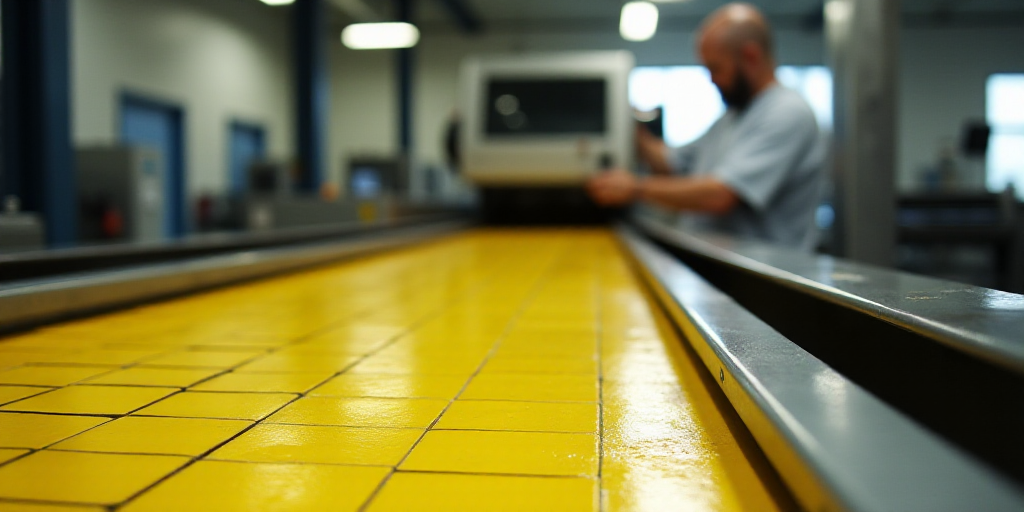Introduction to Polyurethane and its Applications
Polyurethane, a versatile polymer with multiple industrial applications, has become a growth driver in Mexico, particularly in strategic sectors like the automotive industry and construction. Jorge Lemus, a Chemical Engineer, Technical Director of Products at Eiffel, and Spokesperson for UTECH Las Américas, explains how this material contributes to the sustainability and economic development of the country.
Polyurethane’s Versatility and Applications
Lemus highlights the versatility of polyurethane, stating that it has two main aspects: thermal insulation and physical-mechanical comfort. In the food industry, it is crucial for maintaining cold chains, used in refrigerated chambers and transport. Meanwhile, it is essential in furniture, mattresses, and the automotive industry, where it is employed in seats, dashboards, steering wheels, air filters, and acoustic seals.
Mexico’s Position in the Global Polyurethane Market
As the seventh-largest auto producer globally, Mexico’s demand for polyurethane is fueled. In 2023, international trade in primary polyurethane forms reached $330 million, with states like Mexico City, State of Mexico, Querétaro, and Nuevo León leading the way.
Geographical Advantages and Resource Availability
Mexico’s proximity to the United States and access to Asian-Pacific markets are crucial factors. The country also boasts high-quality raw materials and skilled engineering, ensuring international competitiveness. The Bajio region, including states like Queretaro and San Luis Potosi, benefits from the automotive boom.
Technological Advancements and Sustainability
Specialized chemical processes are required for polyurethane production, necessitating high technological expertise. The demand for lightweight and energy-efficient materials in construction and automotive industries, which seek to replace metal parts with polymers, further stimulates sector growth.
Sustainable Practices and Future Trends
Historically, polyurethane has been produced from petroleum. However, Lemus notes a shift towards bio-based and renewable raw materials. Mexico participates in the Montreal Protocol to eliminate substances harmful to the ozone layer, though it still lags behind other continents in sustainable material offerings. The transition to greener materials presents a significant opportunity.
Circular Economy and Recycling Initiatives
The industry is beginning to respond with recycling initiatives. Imbera, a leading refrigeration company, has developed machinery capable of recycling solid polyurethanes used in refrigerators. European projects that repurpose discarded mattresses into raw materials serve as examples for Mexico to follow.
Environmental Regulations and Future Outlook
Strict environmental regulations set limits on polyurethane consumption with an eye towards 2040. Besides reducing its use, fostering its recyclability is crucial due to the chemical complexity of the material.
Key Questions and Answers
- What is polyurethane and why is it important in Mexico’s industrial growth? Polyurethane is a versatile polymer with multiple applications, including thermal insulation and physical-mechanical comfort. Its importance in Mexico stems from its use in strategic sectors like the automotive industry and construction, driving industrial growth.
- Why is Mexico well-positioned for polyurethane production? Mexico’s proximity to the United States, access to Asian-Pacific markets, high-quality raw materials, and skilled engineering ensure its competitiveness in the global polyurethane market.
- What are the future trends in polyurethane production and sustainability? There is a shift towards bio-based and renewable raw materials, and the industry is embracing circular economy principles through recycling initiatives. Strict environmental regulations aim to reduce polyurethane consumption and promote its recyclability.






